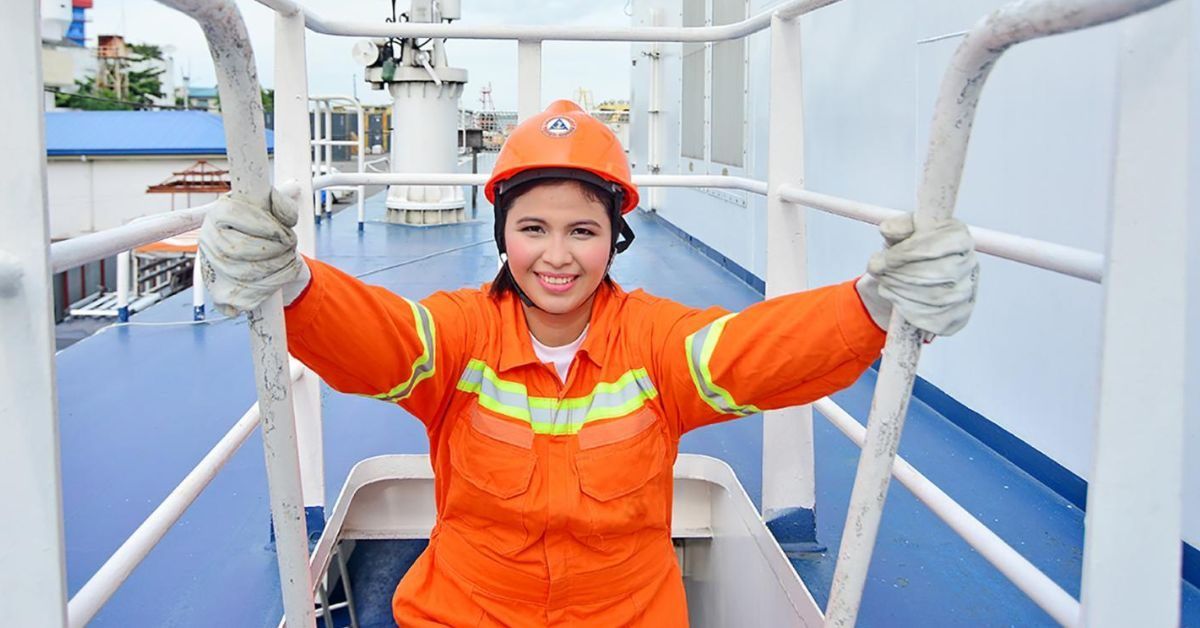Women represent just 1.2 per cent out of the 17 lakh seafarers globally, according to a report
Indian women seafarers have something to cheer about. Right now women only form a tiny fraction of the seafaring community. But the tide is set to turn as several companies, including Wilhelmsen Ship Management (WSM), the largest third party ship manager, plan to add more women to their crew strength in the Indian seafarers pool.
“At present, female seafarers are at 1 per cent of our Indian seafarer pool while globally, the numbers are at 2 per cent. This percentage could see a jump as we move towards creating a workplace that is diverse, equitable and inclusive. We are taking steps to increase the recruitment of female seafarers from cadet programmes and are working with our owners to create junior officer positions onboard”, said Carl Schou, CEO and President, Wilhelmsen Ship Management.
WSM has 450 vessels in management and more than 10,800 seafarers. Currently, it has 3,000 active Indian seafarers who account for nearly 30 per cent of its total seafarers pool.
Lost Charm
The seafaring profession was once a lucrative job and an attractive career for youngsters. Of late, it has lost its charm due to strong competition from jobs on shore and the time spent away from families and home, he added.
BIMCO/ICS Seafarer workforce report says that women represent only 1.2 per cent out of the 17 lakh seafarers globally. However, there is a positive trend in gender balance with the report estimating 24,059 women serving as seafarers, which is a 45.8 per cent increase compared with the 2015 report.
“I am proud to say that our work through the International Women Seafarers Foundation is definitely paying off”, says Suneeti Bala, its Co-founder. Until 4 years ago, there were very few companies that employed women. The maritime industry has definitely written a new chapter in the last three years with more companies now opening up for recruiting women seafarers.
Few companies had tried to recruit girls. But they failed in the initial phase, and stopped recruitment. The failure is either due to lack of relevant policy and procedures with proper training or the implementation of these policies.
Bala said seafaring is a very lucrative career. But for girls, it comes with additional challenges as the number of women is only two per cent and most of the time, they find themselves as the only girl on-board. Their social life on-board definitely takes a toll. So they need to be mentally prepared when joining, at least during the first 2-3 contracts. Later, they might get used to it.
Girl power
Reshma Nilofer Visalakshi, a serving maritime pilot in Deendayal port (Kolkata port) said shipping lines like Maersk have already started gender-based hiring. “What we want is acceptance from our fellow colleagues. We are bringing gender sensitisation courses in the industry and eventually, it will be a synergy for all the genders”.
In India, there are over 300 lady seafarers. But women opting for jobs in sea is still frowned upon by families. It will be a possible career option for girls despite some challenges because ships are traditionally built for men. “We want companies to have procedures to recruit women and to retain them when they drop out for motherly duties. After that they should be allowed to return back to their own rank,” she said.







